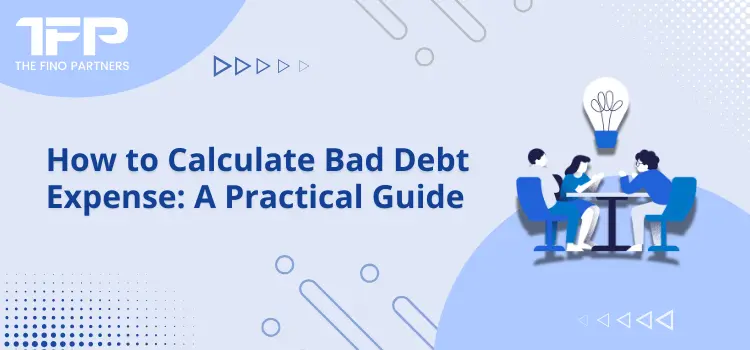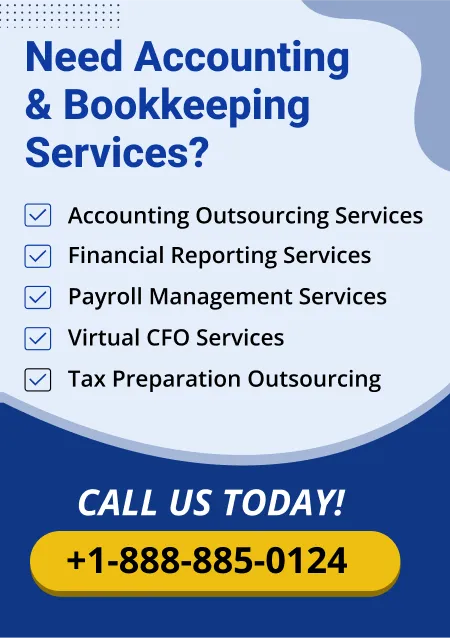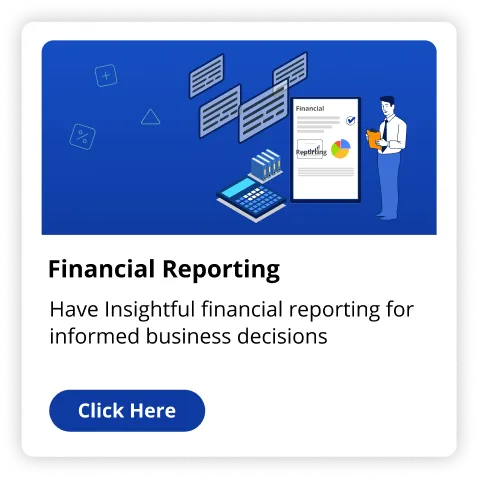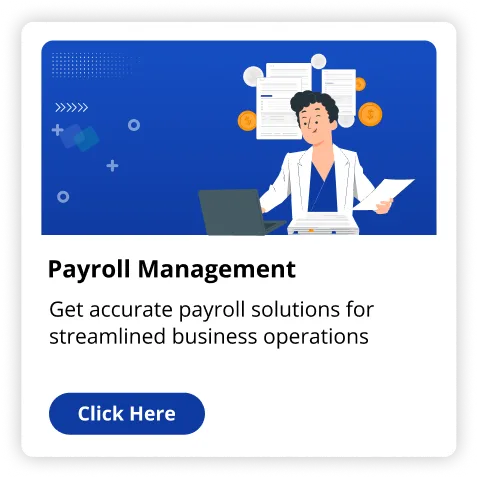The business that offers the sales on the credits leads towards the risk of not being able to collect the recurring debts. These stand to be known as the bad debts towards the expenses. It stands essential towards which one can understand various other steps which are required to further record the other expenses through accounting. In business, not all customers will be able to fulfill their payment obligations. Bad debt expense is an essential accounting practice that helps companies anticipate and account for uncollected receivables. By accurately calculating this expense, businesses can maintain realistic financial statements and better prepare for future losses.
What are Bad Debt Expenses?
The contra asset account records all receivable accounts not collected from customers, providing accurate value for the balance sheet. Journal entries record estimated bad debts and allowances for credit and other accounts receivable services. Accrual accounting methods are required for sales, income, and profits earned. Cash accounting can be used for income and expenses made in cash, either spent or received. Accrual accounting methods are recognized for sales and cash accounting methods for expenses.
Credit-based businesses face risks from customers failing to pay bills, leading to bad debt. To manage risk and ensure timely payment, businesses can negotiate payment terms for 90 days and consider unpaid invoices as bad debts. Reviewing accounts receivable services requires past experience to understand various forms of bad debt and accurately record finances. Writing off debts helps avoid overstating revenue assets and helps businesses earn back those assets. This approach helps businesses manage risk and ensures timely payment of customers.
Example of Bad Debt Expenses
This includes the real world scenarios which can help to further illustrate the bad debts. We can take the example of a company called Jacob Lumber which sells various equipment to a furniture company called Pepper Woods for the creation of their products. Jacob Lumber sells the equipment for $5000. But due to some circumstances Pepper Woods was not able to pay for the invoices. Jacob Lumber made several attempts to collect $5000 but were unsuccessful. This led to an entry of $5000 as bad expenses and will be recorded as loss towards the account now they will be much prepared to give invoices to Pepper Woods in the future.
Calculation of Bad Debt Expenses in USA
There are two ways through which one can calculate the expenses which include the direct write-off method under which the invoices made are charged for the bad debt expenses which is further removed from the accounts receivable services. This method is used towards federal income and other tax purposes only which is included under the basic debts and to set off the allowances.
Direct Write-Off Method
- One can make the direct write-off method under which the customer invoices stand unpaid and the amount for the invoice is further charged directly towards the bad debt expenses and will be removed from the outsourced accounts receivable services. Thus the bad debt expenses are further debited and the receivable accounts get credited.
- This method requires no allowance for the accounts but comes with a con as the direct method further records the amount through which there are uncollectible debts that can be used to further write off the debts including small amounts. This also leads to failure in compliance with GAAP and other principles.
- The rule focuses on the expenses that are recognised during the time of transactions that further occur only when the payments are made. Thus the direct write-off method could not be recognised for the analysis of bad debts as the data is overstated in the balance sheets.
Allowance Method
- Under this the bad debts can be estimated prior to their occurrence, thus any doubtful accounts towards the allowance is further established which is made by the company. The business can prepare accordingly towards the losses which are made every year.
- Even the contra-assets account further reduces the accounts which are receivable towards the accounts as they are being listed in the balances sheet. These allowances can be set every year as a necessary part of the finances.
- There are various bad debt expenses which are recorded in the form of debit and a credit which is made for the doubtful accounts. Most of the unpaid accounts receive a write off which are credited under the corresponding debits and allowances as required.
Methods for Estimating Bad Debts In USA
The below provides for the two methods towards which one can estimate the bad debts:
Percentage of Accounts Receivable Method
The business association can make the estimated value for the bad debts in the form of percentage towards which the accounts are receivable in the form of ending balance. Let’s say the business has $50,000 as accounts receivable but the records shows 5% of the accounts receivable stand uncollectible. Thus the business prepares for the estimated value of the occurring bad debts. One can further set aside the allowance which are made for the bad debts that have a proper credit of balance for $2,500 which is 5% of $50,000.
Percentage of Sales Method
The percentage of sales which is made towards the bad debts involves further determining the percentage of the occurring credit expenses which stands uncollectible. This includes the past experience with that particular customer followed by various credit policies to play a determining role in the percentage. Let’s say a business makes a credit sales of $50,000 by the use of sales method with the estimation of 5% as uncollectible as a form of bad debt expenses.
Conclusion
The Fino Partners, Calculating bad debt expense is crucial for maintaining accurate and reliable financial records. By using the Direct Write-Off or Allowance Method, businesses can account for uncollectible receivables in a timely and realistic manner. While the direct write-off method provides simplicity, the allowance method offers a more accurate forecast of bad debts, aligning with the matching principle in accounting.
READ ALSO | How to Eliminate Business Debt Quickly: Actionable Strategies



























